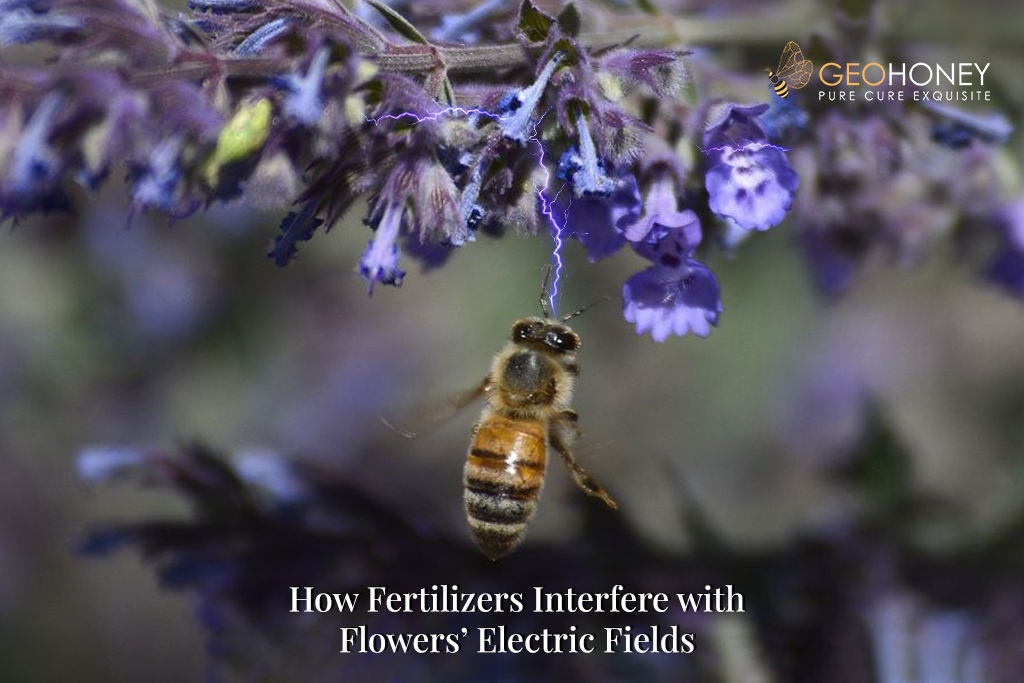- Tokyo: 22:39
- Singapore: 21:39
- Dubai: 17:39
- London: 13:39
- New York: 08:39
How Fertilizers Interfere with Flowers’ Electric Fields

Flowers do have an electric charge. They use a weak electric field and their own negative charge to attract pollinating insects. Many insects, on the other hand, have positive charges, and the attraction between these two diametrically opposed electric fields help the insects in detecting the flowers. Even certain flowers can be stimulated by the electrical charge from approaching bees to release bursts of smell to entice the pollinators. However, as soon as an insect enters a bloom, the plant temporarily loses its negative charge, as if urging other bees not to bother coming.
The electromagnetic fields of the flowers were disrupted by synthetic fertilizers and a pesticide for up to 25 minutes after spraying, according to a recent study at Bristol University, which prevented insects from visiting the blossoms. Even air contaminants had an impact on the flowers' electric fields. The bees tended to stay away from flowers that had their electrical signature intentionally altered to simulate the effects of fertilizers. Nevertheless, other flower-based cues, like those employed by insects for vision and smell, were unaffected by agricultural chemicals.
According to one of the researchers, Sam England, "it's the first known instance of anthropogenic 'noise' interfering with an electrical sense in a terrestrial animal.




The effect of this, fertilizer is driving the bees away.
If these fertilizers harm the flowers, or their electric charge, how these flowers can attract now the pollinator?
There are some fertilizers that can damage the flowers and the pollinators.